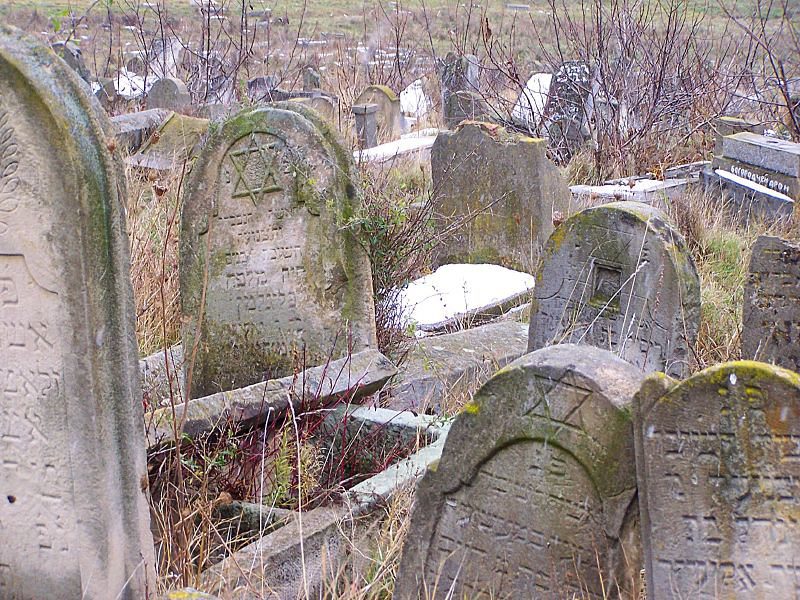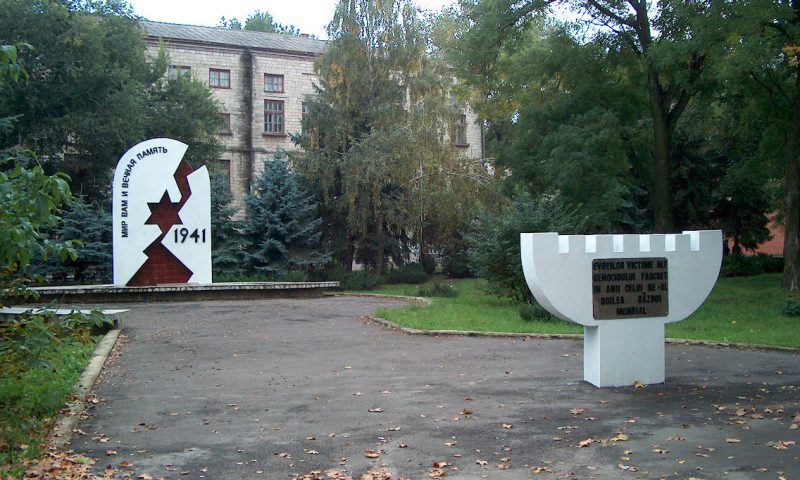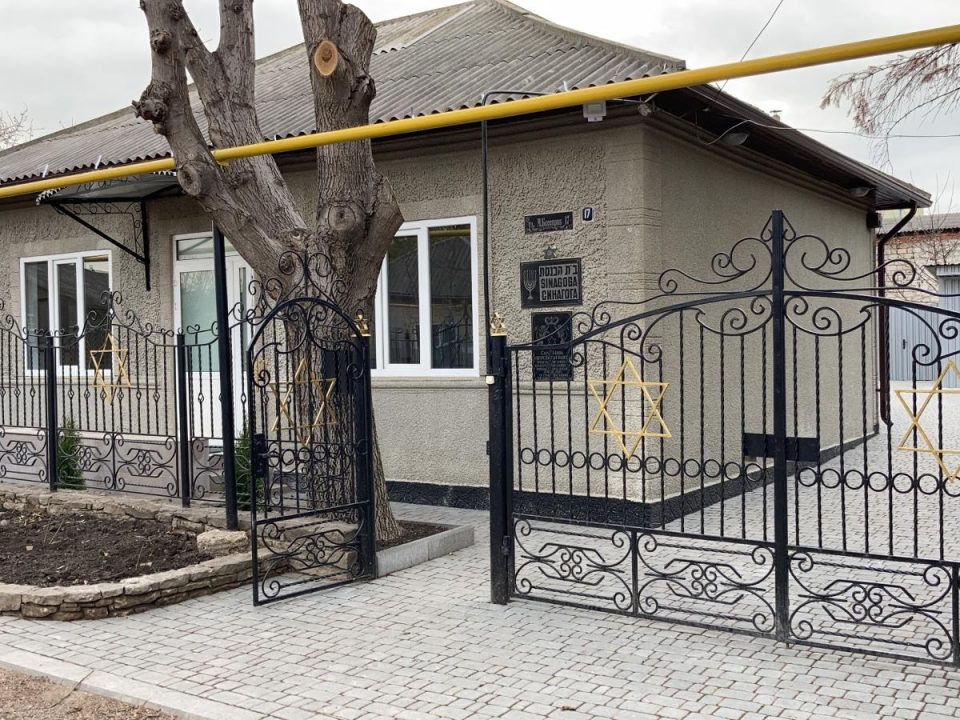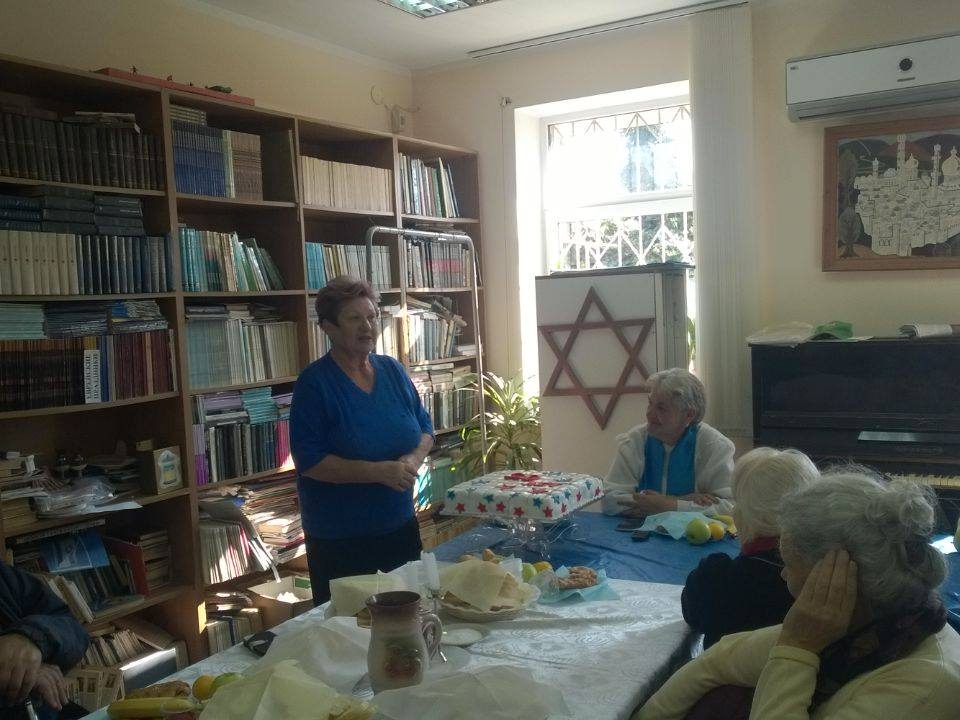The complex of monuments to the victims of the Holocaust in the municipality of Balti was created in 1997 and opened in 1998. The creation of the complex, consisting of two monuments, was led by the Jewish community of Balti. The first monument is a white menorah. At the base, there is an inscription in Romanian: To the Jews – victims of the fascist genocide during the Second World War. The second monument is a white semi-oval, on the reverse side it is made of red brick. There is an inscription on the white pediment: Everlasting Memory. In the middle of the pediment is a layer of red brick in the shape of a Star of David. The monuments are connected by paths. The monuments are located near the site of the most brutal massacre of Jews in Balti.
El cementiri es va inaugurar al segle XVIII. De les sepultures supervivents, les més antigues daten del segle XIX, però no s’han revisat tots els jaciments i no s’han catalogat tots els enterraments. El cementiri està situat en un vessant, camí de Reut. El cementiri està totalment envoltat per una tanca. Tanmateix, això no impedeix entrar al territori, i fins i tot en els darrers anys s’han constatat actes vandàlics i destruccions. El cementiri continua funcionant. Es creu que hi ha almenys 25.000 tombes al cementiri. És visitat tant per locals com per visitants. En alguns llocs hi ha monuments commemoratius a les víctimes de l’Holocaust. L’estudi dels enterraments continua amb programes científics.
The complex of monuments to the victims of the Holocaust in the municipality of Balti was created in 1997 and opened in 1998. The creation of the complex, consisting of two monuments, was led by the Jewish community of Balti. The first monument is a white menorah. At the base, there is an inscription in Romanian: To the Jews – victims of the fascist genocide during the Second World War. The second monument is a white semi-oval, on the reverse side it is made of red brick. There is an inscription on the white pediment: Everlasting Memory. In the middle of the pediment is a layer of red brick in the shape of a Star of David. The monuments are connected by paths.
In 1980, the building was purchased by the Jews of the city for religious holidays. In 1989, when the anti-Jewish policy in the USSR began to soften and the Jewish community in Balti was registered, the building was officially named a synagogue. The house was built in the second half of the 20th century. The total area is about 120 sq. m. Several times the premises was repaired. The last renovation and opening of services took place in 2022.
El Centre de Benestar Hesed Yakov es va obrir l’any 1997. L’any 2005, amb l’ajuda del Comitè de Distribució Conjunt Jueu Americà, l’edifici i els voltants i el pati es van comprar i reconstruir. El complex es convertirà en el centre de les organitzacions jueves de la ciutat. Acull tant programes de benestar com la majoria d’esdeveniments culturals. L’any 2007, el carril on es troba el centre va ser rebatejat en honor al nen jueu Musya Pinkelzon, natural de Balti, que va ser assassinat pels nazis.




